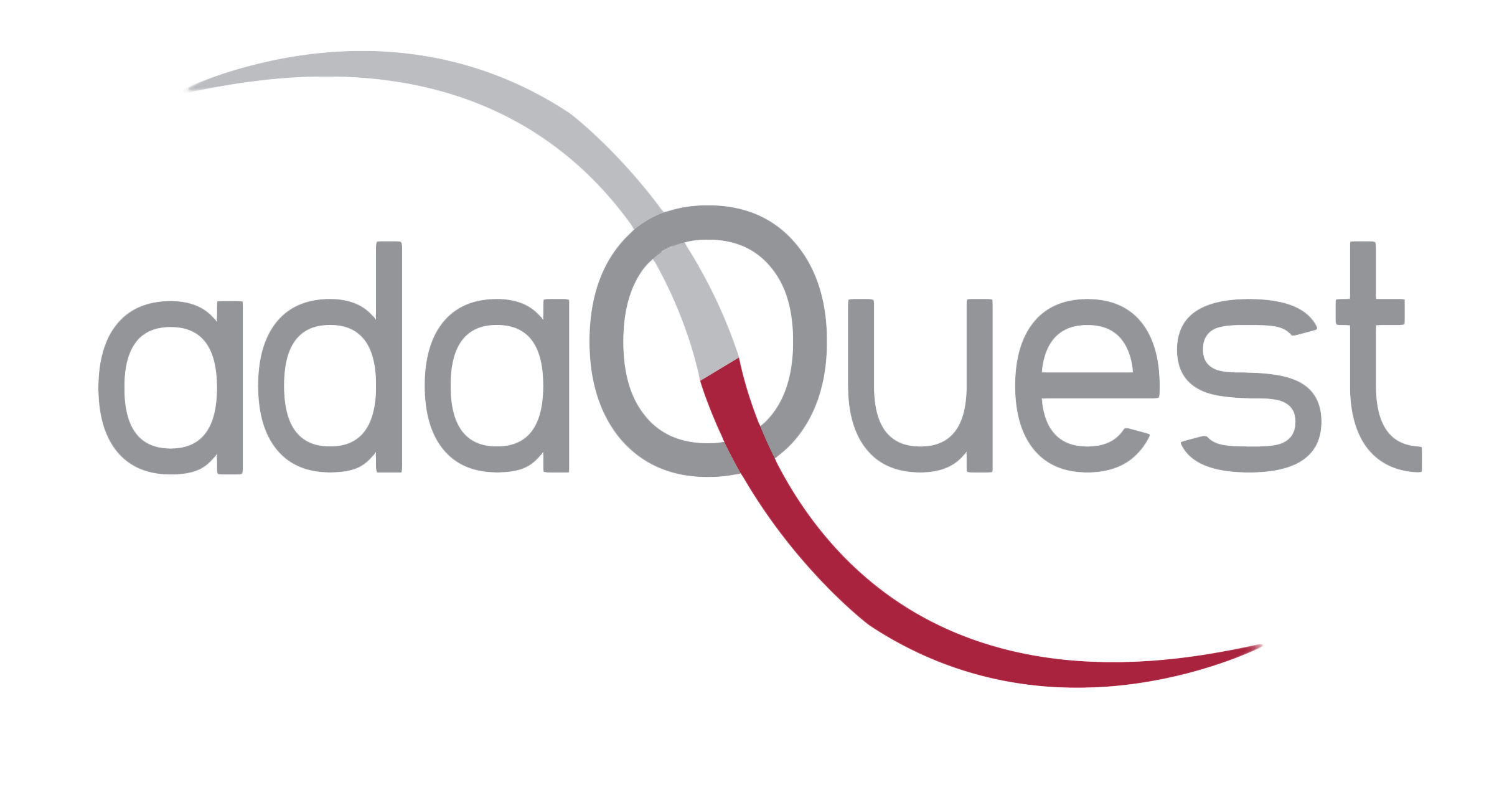
17 Dec (Updated) Introducing SharePoint Portal Launch Scheduler
Updated December 3, 2020: Microsoft has updated the rollout timeline below.
Microsoft is introducing a SharePoint Portal Launch Scheduler, designed to help coordinate and schedule launch details for SharePoint sites that are expected to receive high volumes of traffic, also known as portals. The Portal Launch Scheduler is available via SharePoint PowerShell.
Note: You need tenant administrative permissions to run the PowerShell cmdlets.
This message is associated with Microsoft 365 Roadmap ID 66162.
When this will happen
Microsoft will gradually roll this out in early January (previously December). Microsoft expects it will be completely rolled out by early February (previously January).
How this will affect your organization
The Portal Launch Scheduler makes it possible for you to manage a phased rollout for a new SharePoint site. It also provides an automatic redirect for existing sites if needed. During each of the waves, you can gather user feedback and monitor performance during each wave of deployment. This has the advantage of slowly introducing the portal, giving you the option to pause and resolve issues before proceeding with the next wave, and ultimately ensuring a positive experience for your users.
This allows admins and site owners to verify that customizations, external sources, and other processes have been tested at the right scale. It ensures the site is performant upon launch and lowers the potential number of users impacted by any issues. If you are moving from an existing portal to a new portal, the Portal Launch Scheduler will allow you to redirect users between portals and eventually block users from accessing the former portal.
With the PowerShell cmdlet, you define the type of redirection; expected number of users; new site URL; and existing site URL (if applicable).
You can separate your security groups into waves and also schedule those waves. Managing site launch details for high-traffic portals like company-wide sites and HR portals is important when monitoring site quality and performance.
What you need to do to prepare
This is an optional feature that will not impact your environment until a SharePoint administrator enables this feature on a site.
To enable this feature on a modern SharePoint site, a SharePoint admin must run a PowerShell cmdlet. Enabling the Portal Launch Scheduler does not change any site permissions or remove any content.
Learn more



Sorry, the comment form is closed at this time.